|
8/3/2020 1 Comment Is this called fishpacking?We started hiking from the truck at around 1:00 p.m. on a mostly sunny Saturday afternoon with our packs stuffed to the gills for an overnight fly fishing mission. The destination — a couple of alpine lakes in the Holy Cross Wilderness of Colorado. About a half a mile into the trek, ominous dark clouds that were initially miles off in the distance when we set out were now hanging just behind the tall peaks to our left. Admittedly, my buddy Bryson and I have been known to accidentally leave a fairly important piece of gear back at home on occasion, but it's never been something to keep us from carrying on. This time, one of us forgot a rain shell. We kept moving up the trail as the clouds began to spill over the peaks and into the drainage we were hiking in when the first few drops of rain started to patter on the brims of our caps. As the rain picked up, it quickly became clear that we were in for a good old-fashioned Rocky Mountain deluge of precipitation, so we started to look for cover. After stepping beneath the dense branches of a small cluster of pines, we threw on an extra layer for warmth, pulled out our flasks for a cheers to the god of the skies, Zeus, and laughed at all of the other times we had to adapt on the fly due to a missing piece of equipment. Bryson and I first met while standing around a fire pit at a mutual friends back yard barbecue many years ago. Back then, it wasn't immediately clear that we'd go on to become adventure buddies that cooked up ideas as big as the mountains we sought, to then turn around and pursue them after weeks and months of discussion and planning. Not every day-dreaming scenario that we've schemed up over the years has panned out, but a few have stuck, and the memories they've provided have been tucked in the coffers to revisit over future beers and around smoky campfire rings. Normally, our trips are centered around mountain bikes — whether its truck camping with epic day rides from basecamp, or loading up the hard-tails for a bikepacking jaunt into the backcountry — rolling through the mountains on two wheels has traditionally been the priority and has delivered plenty of good times and important lessons along the way. It wasn't until recently that I started gaining a much greater appreciation for traveling on foot into the mountains, a potentially tough sell for pitching upcoming adventures to one of my long-standing mountain bike pals. But, I was wrong. When Bryson and I started talking about a weekend trip a couple of weeks back, it first began as a truck camping, bike riding, fly fishing triathlon of sorts at some unexplored spots in our own back yard. As the date approached, the plan remained in check until about midnight the night before we had planned to depart — the time of day when all great plans are revised. I sent Bryson a text at 11:59 p.m. that read, "the other option is, we could backpack to a couple of lakes I checked out earlier this summer and fish there... just throwing it out there." The next morning, Bryson replied with the message I was secretly hoping for — "I could backpack. I dug my pack out of the attic. We're doing this!" This would be our first time backpacking together, so I wasn't entirely expecting the idea to stick. It was also going to be my first time fly fishing, so the excitement quickly began to build. Having spent my childhood fishing, I slowly picked up new interests over the years and lost touch with my love for the Zen-like state that angling provides. I also couldn't wait to stand alongside the alpine lakes I had been eyeing all summer and get back to something that felt both foreign and familiar at the same time. We arrived at the second lake around 3:30 p.m. to clearing skies and quickly claimed a site perched above the lake with a flat spot that was perfect for two tents. After setting up camp, we got to work rigging our rods so we could head to the lake and throw a few casts before the sun disappeared behind the surrounding peaks. After a couple of hours of getting skunked by wily brook trout, we were forced to retreat back to our tents as one more alpine downpour rolled in at the golden hour. The only thing we caught that night was a net full of lake-chilled beers — still a victory we could both get behind. As we sat in camp and boiled water for dinner, I turned to Bryson and said, "if traveling with all of your gear on a bike is bikepacking, or walking in with it on your back is backpacking, then wouldn't this be called fishpacking?" Bryson grinned and laughed, taking a sip of his beer and acknowledging that my reasoning seemed to make sense. As our backpacking meals slowly rehydrated, we watched the clouds move along the ridges and enjoyed the last rays of sun hitting our campsite for the evening. The next morning we woke to calm, crystal-clear blue skies, brewed some instant coffee, and decided it was time for round two at the lake as the sun began to spill into the basin around us. As soon as we got to the edge of the water, Bryson demonstrated exactly what the word redemption means and landed a fish no less than ten seconds after his first fly hit the water. After roping in nearly ten more fish while I fumbled my way through bush-league casts and the occasional tangled line, I finally hooked my first brookie and felt an incredible sense of pride rush over me. We spent the next few hours pulling fish out of the lake, laughing at moments that included my first catch flopping from my hands before capturing a photo, to joking that Bryson very well may have been catching the same fish over and over again. As the afternoon clouds began to build, we broke camp and enjoyed our last beer with lunch and sun-kissed faces. Slinging my pack over my shoulder, I turned to Bryson and said, "hey, looks like it might rain again!"
1 Comment
The year 2020 so far has managed to dish out ample amounts of stress across the board, pushing more and more people to find reprieve through new activities that help relieve some of that tension. With the knowledge that nature is directly linked to a multitude of health benefits including stress reduction, It's no wonder record numbers of people are turning to the outdoors for a healthy dose of R&R. Aside from the relaxation that spending time in nature provides, arguably, one of the best parts about a weekend of camping is enjoying all of your meals al fresco. Simply put, food just tastes better in the great outdoors. Whether you're sitting by a campfire, beneath clear skies above, or with the sounds and sights of nature all around you, there's something about adding a dash of fresh air to any recipe that really brings a dish together. And, if you're thinking that box of mac & cheese, instant mashed potatoes, or dehydrated backpacking meal in the back of your pantry is the only way you'll survive the weekend, think again. A fresh cooked meal while camping is completely attainable, you just need the right tools to get the job done. By organizing your camp kitchen essentials in a thoughtful manner, everything will be right where it needs to be, just like in your home kitchen, less the random catch-all drawer we all know and love. Mise en place is the French culinary phrase that translates to "everything in its place," which refers to the way a kitchen is set up—from ingredients to tools—that make for an efficient and enjoyable cooking experience. This is something to keep in mind while assembling the contents that will live inside your camp kitchen bin. Within the confines of a camp kitchen box, space is limited, so pieces that fit tightly together without taking up too much real estate are essential for making the best use of a small space. The foundation for building a great mobile kitchen setup begins with one (or two) bins that if chosen wisely, will serve you well on all of your adventures to come. Things like having good handles will make it easy to move your bins from your vehicle to the cooking area, while durable construction will withstand the rigors of camp life and provide protection from dust and moisture to keep the contents clean and dry. Let's face it, nobody likes soggy bread or gritty snacks. We love these boxes from Front Runner Outfitters because they're tough as nails, are a manageable size to keep the weight low, have latching lids to seal out the elements, and stack together tightly so they stay in place on bumpy or curvy roads as you hunt for the perfect spot to rough it for a couple of days. Choosing the proper bin is half the battle. Then come the tools for prepping, cooking, and serving up your culinary masterpiece. A set of nesting pots and pans, a serving bowl that houses plates or bowls inside, a compact cutting board and chefs knife, and zippered canvas bags keep everything tidy and organized for easy loading and unloading at each meal. Outdoor cooking brands like Primus have beautiful options that will make you feel like a master chef of the woods and are built to last a lifetime. Other useful things like dish towels, a roll of aluminum foil, and of course a way to brew coffee like a small backpacking stove with an integrated French press setup are essential for rounding out your kitchen setup.
Two years ago, my mom gave me a sewing machine for my birthday. I had asked for one so I could learn how to sew and add another tool and skillset to the arsenal. The machine patiently sat preserved in its box for the first year or so as life changes unfolded, leading to Donna and I uprooting ourselves from the Front Range and moving to the Western Slope. Once we moved into our now current place, I finally had an appropriate spot to set the machine up, so I pulled it out of its box and set the shiny new machine on a table in our little studio space. Fast forward another eleven months and the machine still remained untouched, collecting dust as it sat on the table waiting to be threaded and run once and for all. Back in 2015, I came up with an idea that was spawned from sleeping in the bed of my pickup truck while temporarily living in southern California. I had a topper with lightly tinted windows but no window covers for privacy which often instilled insecurity that I might get called out, or worse—towed away while sleeping—for boondocking along the bougie streets of Laguna Beach. So, once I returned to Colorado I went to the drawing board to come up with a solution. I wanted window covers that were durable, easily adjustable to allow the sliding windows in my topper to vent, and for them to be as low profile as possible as to not take up much space while installed or stowed away. I searched the web to see what other people were doing but nothing struck me as the right fit for what I wanted. So, I came up with my own design which utilized duck canvas and snaps to secure the covers precisely around the edges of the window frames in my topper. I didn't know how to sew at the time, so I enlisted the help of my mom and got to work on making the templates out of cardboard, then gathering the supplies I needed from the local fabric and hardware stores. Version one of the canvas window covers turned out great with the help of my mom, but eventually I sold that topper and found a raised one to provide more headroom in the bed of the truck. So went the window covers to the new owner and I was faced with needing to create version two of the time-tested design. Over the course of a week and a half, fiddling with my new sewing machine, remembering how my mom pinned and ironed the fabric, and retracing the same steps as I took to make the first covers, I dove into the project with an eager appetite to recreate my original design. The new ones are nearly identical to V1, but this time I decided to take them a step further by applying wax for added protection against the sun, moisture, and grime. Here's the step-by-step photo heavy DIY for you to feast your eyes on, and dare I say, have a go at making your own bespoke window covers. Measure twice, cut onceTemplates were made by simply pressing cardboard up against the inside of the window frames of the topper to get the exact curves of the windows, then cut out and trimmed with painters tape for a clean edge. The templates were then traced directly onto the duck canvas with an added 1.5" of material to be folded over for double layered fabric around the edges. Pin it, steam it, stitch itThe corners were darted to make the curved corners smooth while quilting pins were used to keep everything in place while folding the unfinished edges beneath and ironing to get the material to lay flat and smooth. Duck canvas does a pretty good job of holding its shape simply by ironing it. Sew, sip, repeatAs with any good project, a little liquid courage is helpful to keep things running smoothly. Having a brew half-way through the tedious steps of pinning, ironing, and sewing provided a nice boost for getting the job done. Don't mind the crooked seam here and there... wax it upThere are a few different options out there for wax to treat canvas material. In the past I've used Otter Wax but this time I opted to use Fjällräven's Greenland Wax which is used to weatherproof G-1000, a waxable cotton/poly material found in many of their garments and bags. Application is simple—just rub the bar with long strokes into the material then use a dry iron or hair dryer to melt the wax into the fibers. It gives the material a rich look and provides protection against moisture, sun, and grime. O.G. waterproofing at its finest. Nuts & boltsDo your research and find the solution that works best for the configuration you desire. Some people use magnets, others have used Velcro. I found threaded snap heads that could be screwed into the existing hole of the factory hardware holding the window frames together. In some cases I had to drill a new hole to get the placement just right, but they were simple to thread in by hand with a screw driver and provide a super secure connection to the window frames. stop... hammer timeFiguring out a process is the name of the game with this project. Installing snaps properly to keep the fabric taught across the windows requires attention to detail and isn't something that can be rushed. You've got to mark each snap accurately, use a punch to cleanly place the hole, then hammer each snap one-by-one with a special setting tool. It's a labor of love, but it's worth it in the end. the devil's in the detailsTaking care to focus on the details is a sign of pride taken in your craft. Whether it's hand stitching an unfinished edge to keep the material from fraying, labeling the covers so they're easier to install, getting creative with unlikely supplies (see: binder clips and adhesive backed grip tape), or using your sewing machine to lay down a fancy looking zig-zag stitch when the straight stitch missed parts of the folded material, all of these elements add up to making your final product one to be proud of. Take the time and have fun with it, you'll be stoked once everything comes together in the end. Enjoy the journey10/8/2018 2 Comments A refined palletI've been to a lot of trade shows throughout the course of my work in the cycling industry. Big one's, small one's, indoor and outdoor, as a representative for a company exhibiting and as an attendee just to network and gawk at all the shiny odds & ends that various companies bring to show off. Now I can add one more reason why I've attended a bike industry show & tell; to deliver and install a hand-built booth made predominantly of reclaimed pallet wood. When I first got the call to ask if I'd be interested in building the booth for one of my favorite brands in cycling, the answer was a pretty clear yes. The next step was finding a partner to help with the project and really make it come to life. After a little head scratching, I asked a long-time friend with experience doing projects ranging from home remodels to building the massive ramps at the X Games and everything else in between. He too was pumped on the opportunity to get involved with a creative build such as this, so without delay, we got to work. Take a look at the full story behind the build by following the link here: Stan's NoTubes // 2018 Interbike Booth Photo Gallery Enjoy! 8/18/2018 2 Comments Papa's RifleIt was a few weeks before my wife and I were slated to depart on the biggest road trip of our lives when I received a phone call from my Uncle Skip. We were planning to visit him on the East Coast leg of our trip and spend a couple of days in one another's company. I can remember the phone call vividly as it wasn’t just a normal “hey let’s get together” kind of call. Rather, my uncle had something special up his sleeve that took me by surprise and began a countdown that would lead up to an incredibly special moment in my life. Uncle Skip spent his career as an aircraft mechanic for the US Navy, so he’s quite the history buff when it comes to our country’s past with war involvement and the equipment that was used to defend the freedoms we have in America. His collection of war memorabilia is absolutely impressive to say the very least. Even if the implements of battle are not your thing, there’s something really special about seeing the passion and knowledge one possesses about a certain subject. Nestled in his collection is a very special rifle, an M1 Garand that would belong to my grandfather had he lived to collect it himself. During our visit, my uncle asked me to fire the rifle with him for the first time in over 29 years.
3/29/2017 1 Comment Party Down For POWThere's no denying it, everyone loves a good party. On Friday, March 17, 2017, that's exactly what went down in the mile-hi, winter sports crazed city of Denver, CO. It wasn't long after the 2016 presidential election when I first approached the crew at Protect Our Winters. The political landscape was taking a sharp directional turn and quickly raised a lot of questions about the future of where our country's climate change agendas would be heading. At this point, we all had a pretty good idea of where our new administration stood on the subject simply based on the highly volatile campaign trail leading up. Needless to say, I felt an immediate call to action to do my part in taking a stand for what I believe in. I wanted to help POW the best way I know how; by raising funds and awareness while having a damn good time doing it. So the planning for an art show, gear give-away, beer-drinking, music filled evening alongside the action sports enthused community of Denver began immediately. After some back and forth about nailing down a date for the event, we eventually settled on Friday, March 17th; St. Paddy's Day. Perfect, I thought, people love to get out and celebrate on St. Patrick's Day, and what better than for a good cause. Feeling stoked about the chosen date, I texted a friend about the new advancement who immediately replied back with, "call it Saint POWtricks Day!" Then and there, the name stuck and the concept for making this event a reality was on a non-stop train to party town. For the next three and a half months I planned religiously, coordinated with artists in the outdoor action sports world, rallied a slew of sponsors to get involved, and banded together with those in the local community to launch the first ever Saint POWtricks Day Bash. The art work, which hung in evo's gallery throughout the entire month of March consisted of fifteen different pieces ranging from photography to block-prints to mixed media and paint. The work was as diverse as each artist that submitted a piece, making for a unique offering of different styles and techniques used throughout the outdoor winter sports community. Photographers Noah Wetzel, Dean Blotto Gray, and Flip McCririck sign their pieces for Saint POWtricks Day. As the evening began to unfold, people started filing through the doors to purchase beer and raffle tickets and take a shot at winning some art in the silent auction. With music flare provided by Dan Grund, bites from Zeps Epiq Sandwiches and delicious beer being served from Upslope Brewing, the space at evo was certainly filled with good vibes. Once the time came to draw raffle tickets and give away some gear, the crowd was alive with energy and stoked to win some great prizes. It made for a truly special experience to be a part of. With events like this, the importance of raising awareness and building a sense of community with other like-minded people is quite possibly the number one priority. Sure, raising money, winning some artwork or gear, and drinking some delicious brews is a definite bonus to attending, but connecting people and allowing new ideas to pour through the floodgates is why these events are so important. For it's spawning new thinking and empowering people to act on their dreams where we can really crank up the volume on positive change for our planet. Watching familiar faces connecting with one another is what it's all about. Throughout the evening, less than two hundred people came out to support the cause; however, the politically charged and progressive community of Denver helped to raise nearly six thousand dollars [$5819 to be exact] to aid in the continued fight on protecting our planet's climate, environment, and in turn, Protecting Our Winters. Without the support of artists, sponsors, coordinators, and attendee's, this event would not have been possible, so it is with great gratitude that I send a resounding Thank You to everyone that follows:
Finally, thanks to Barbara and Torrey at Protect Our Winters for the back end assistance on making this dream come to life. Your efforts on fighting for positive change are highly appreciated by the outdoor sports communities and our environment.
|
Archives
August 2020
Categories |



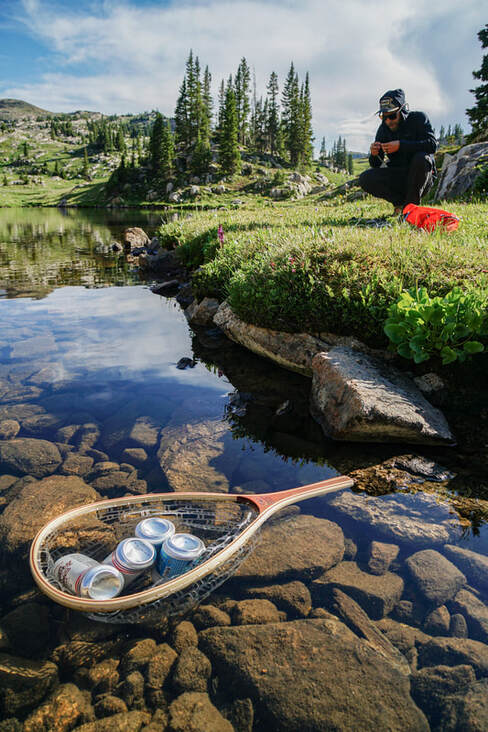





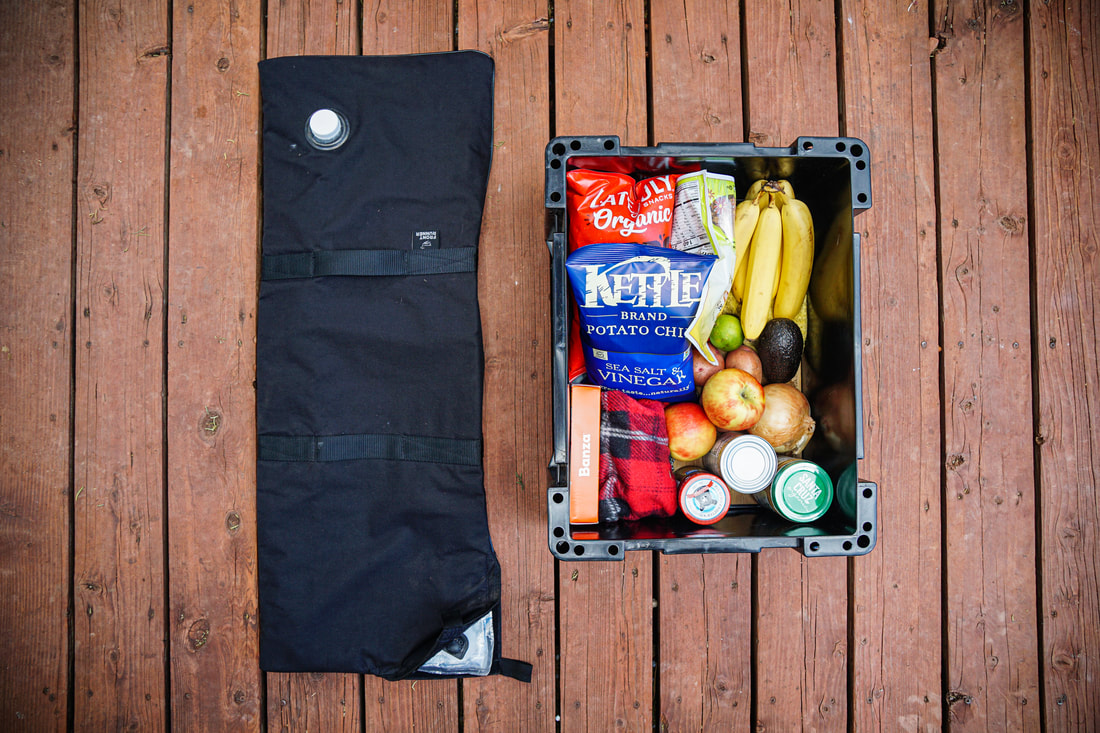



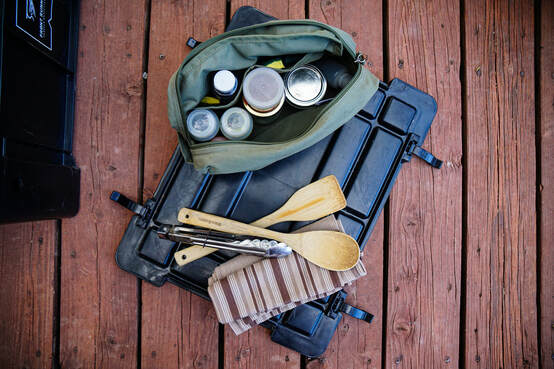


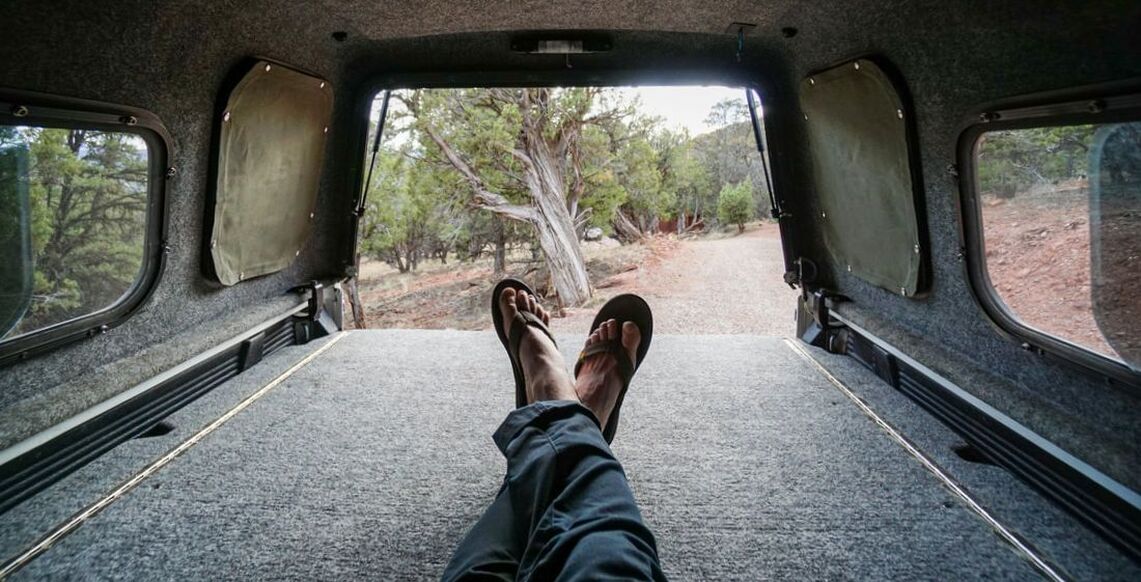

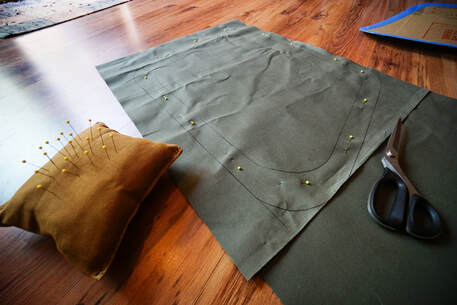



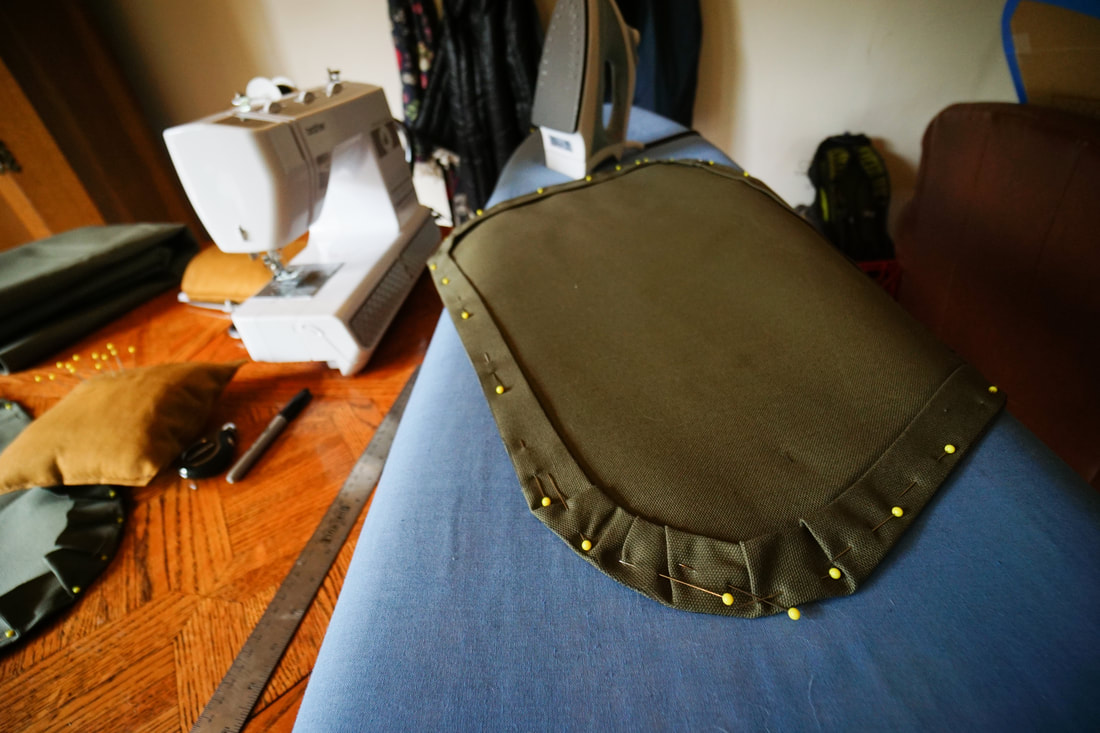


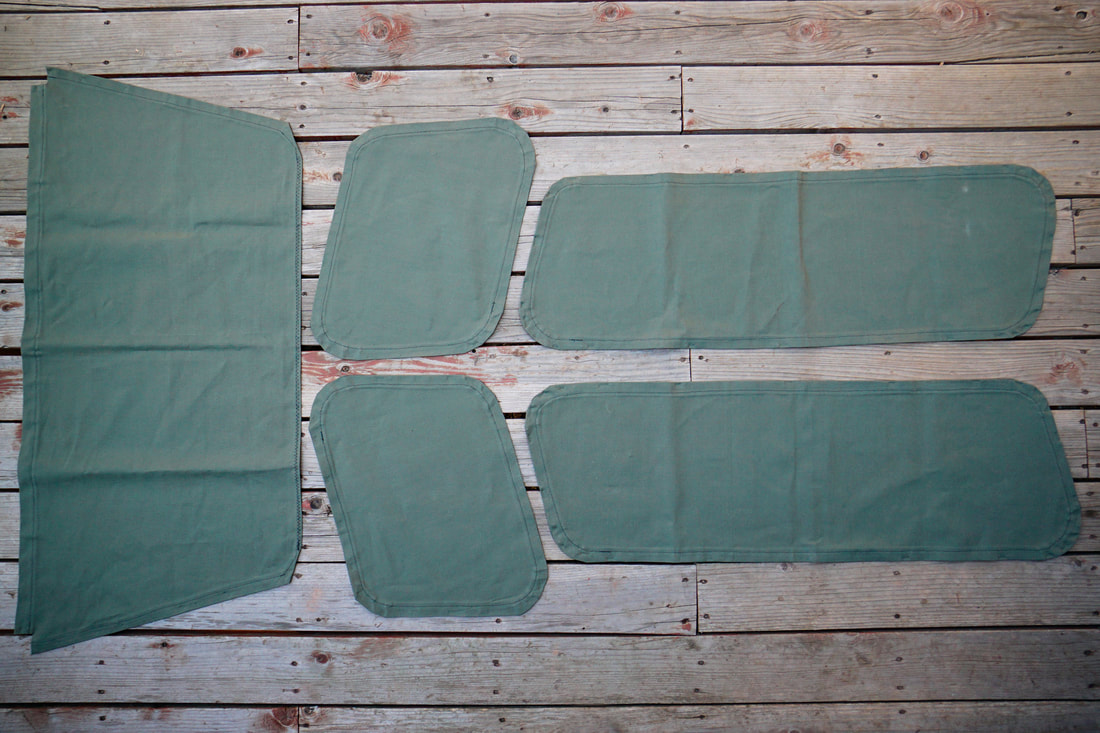




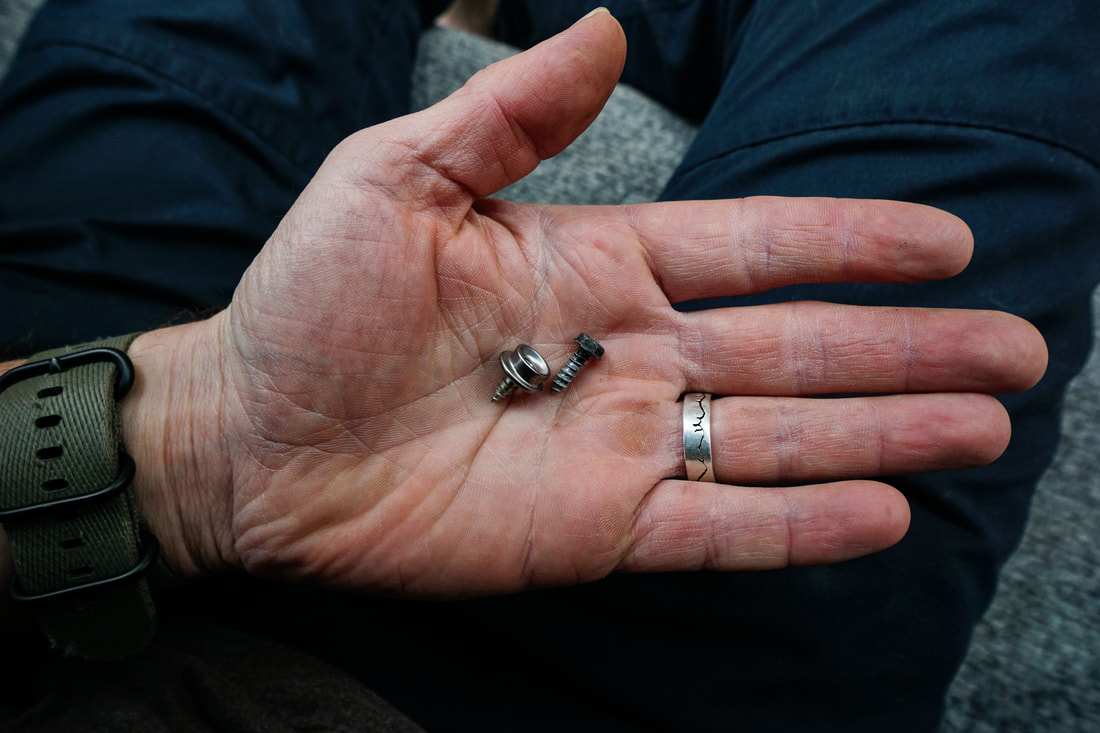


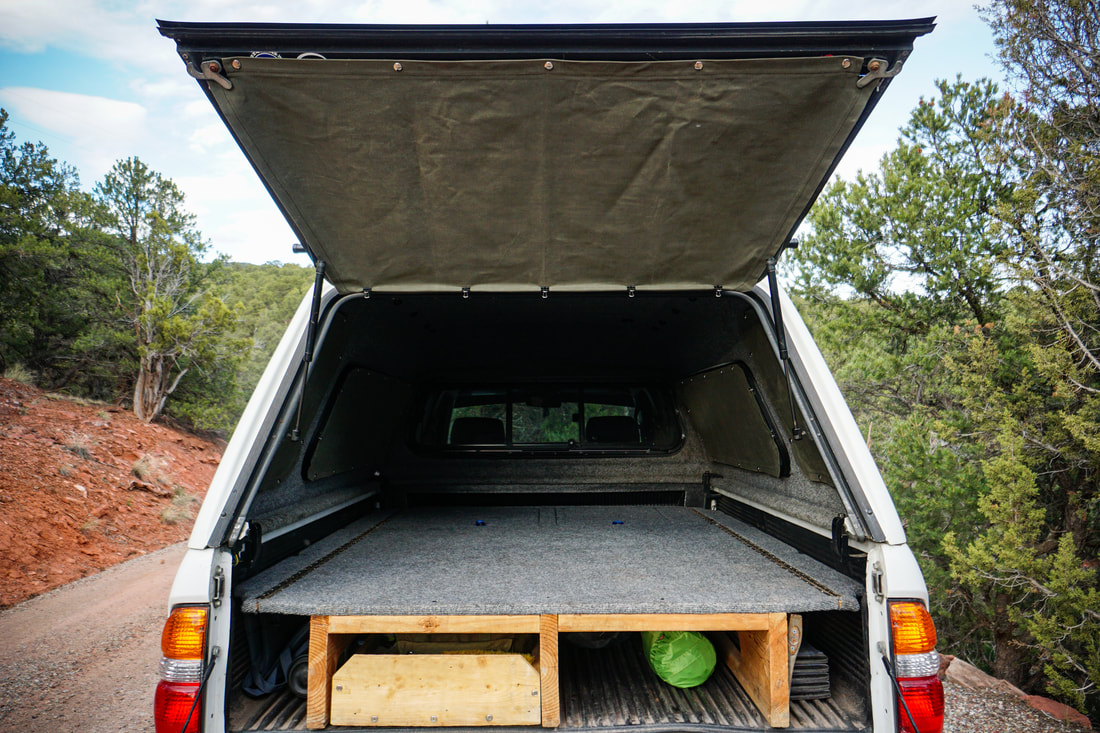







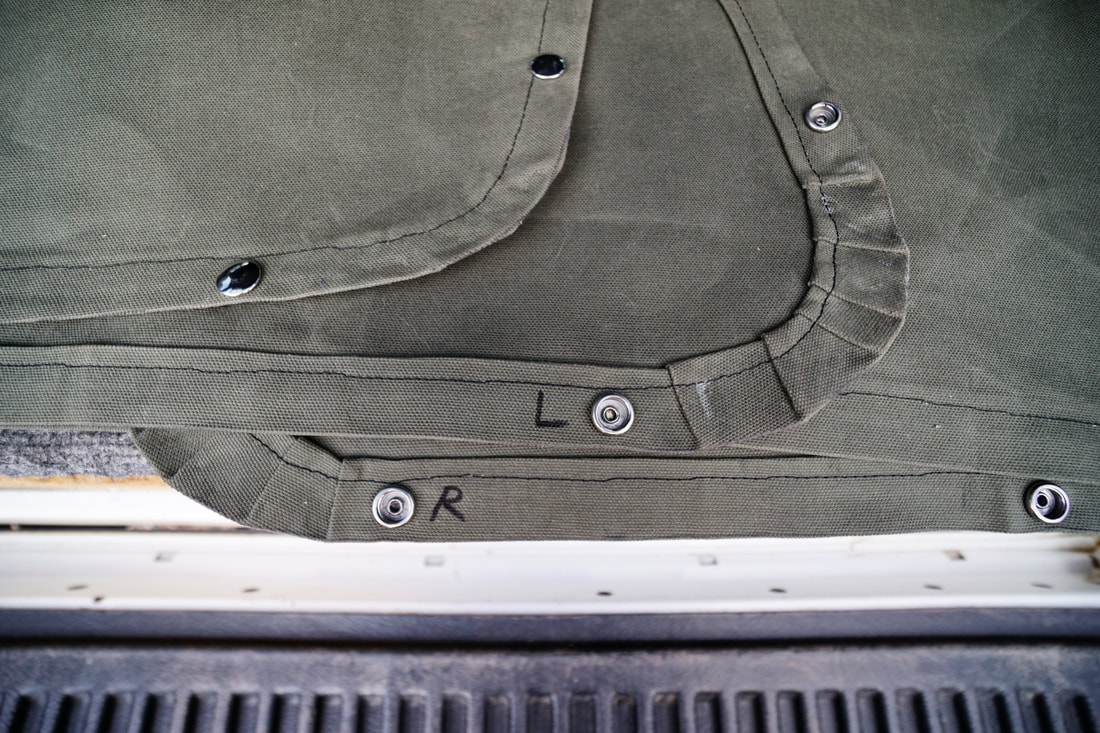
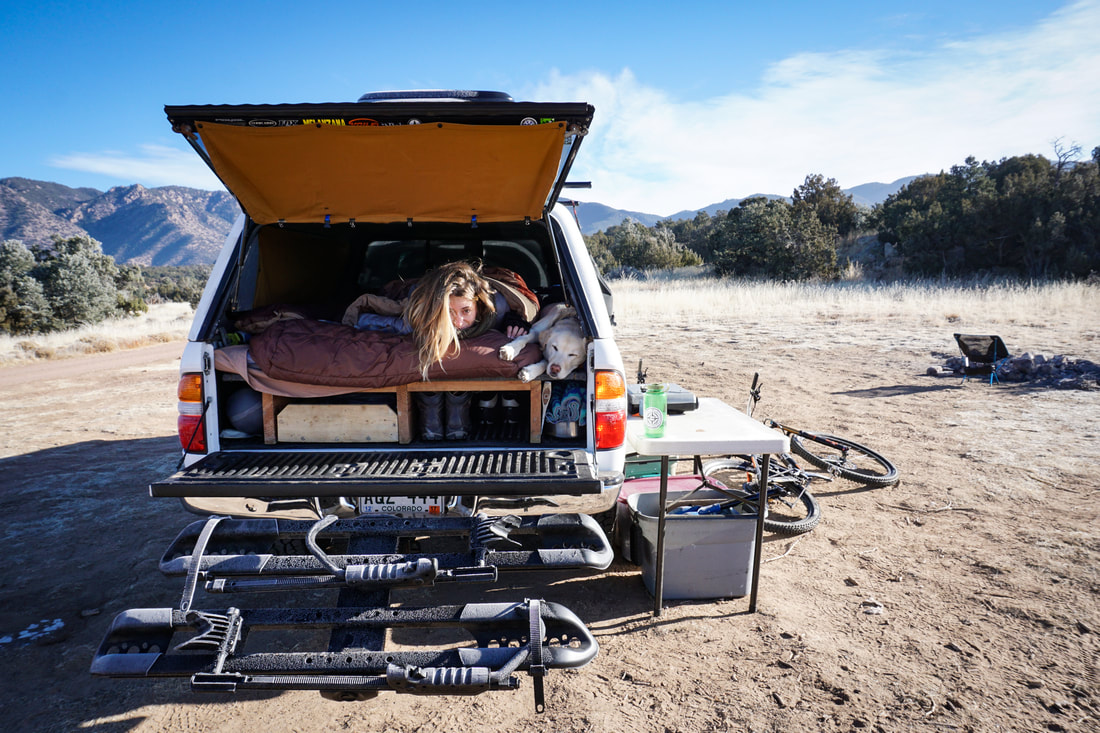







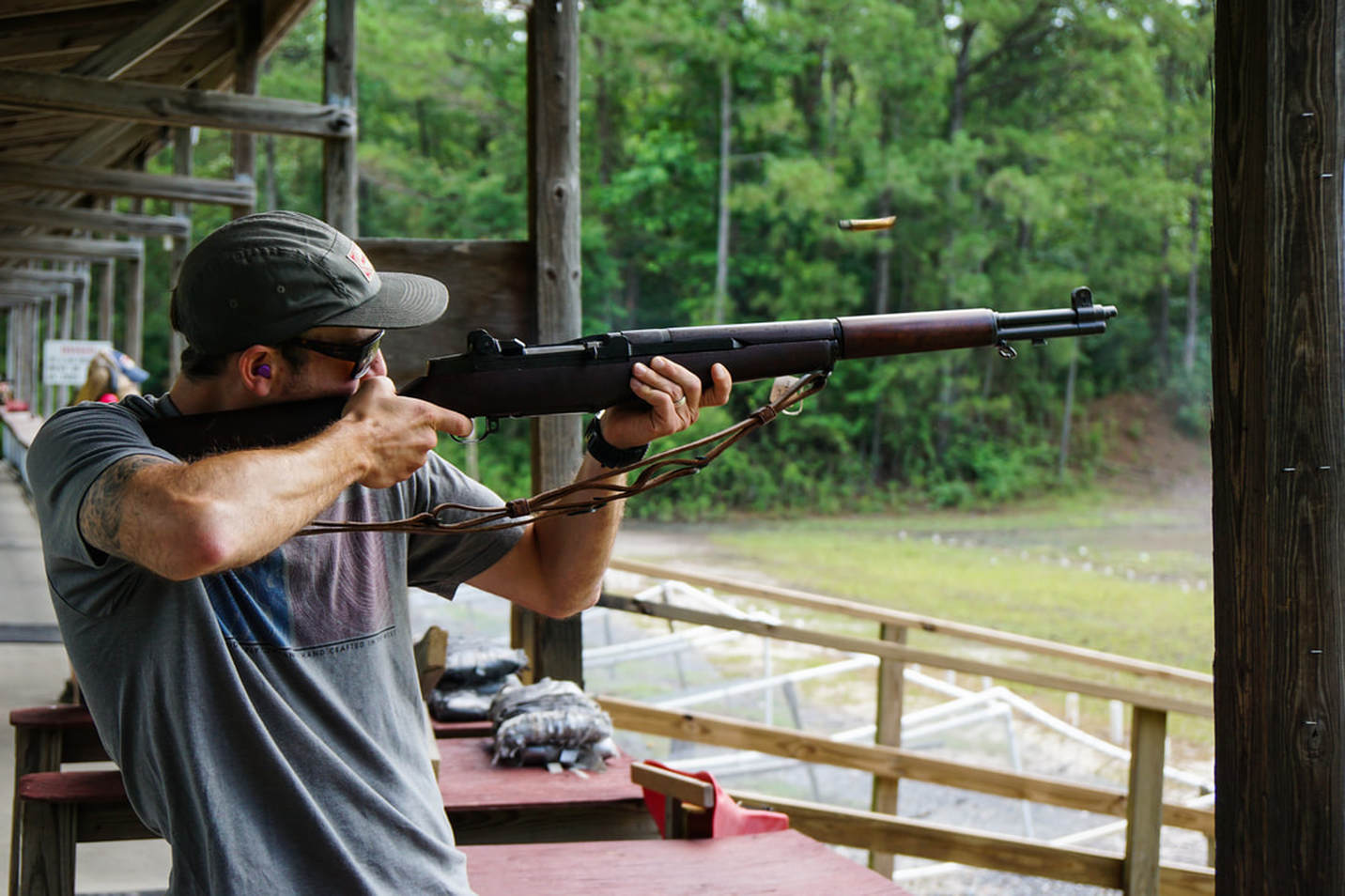




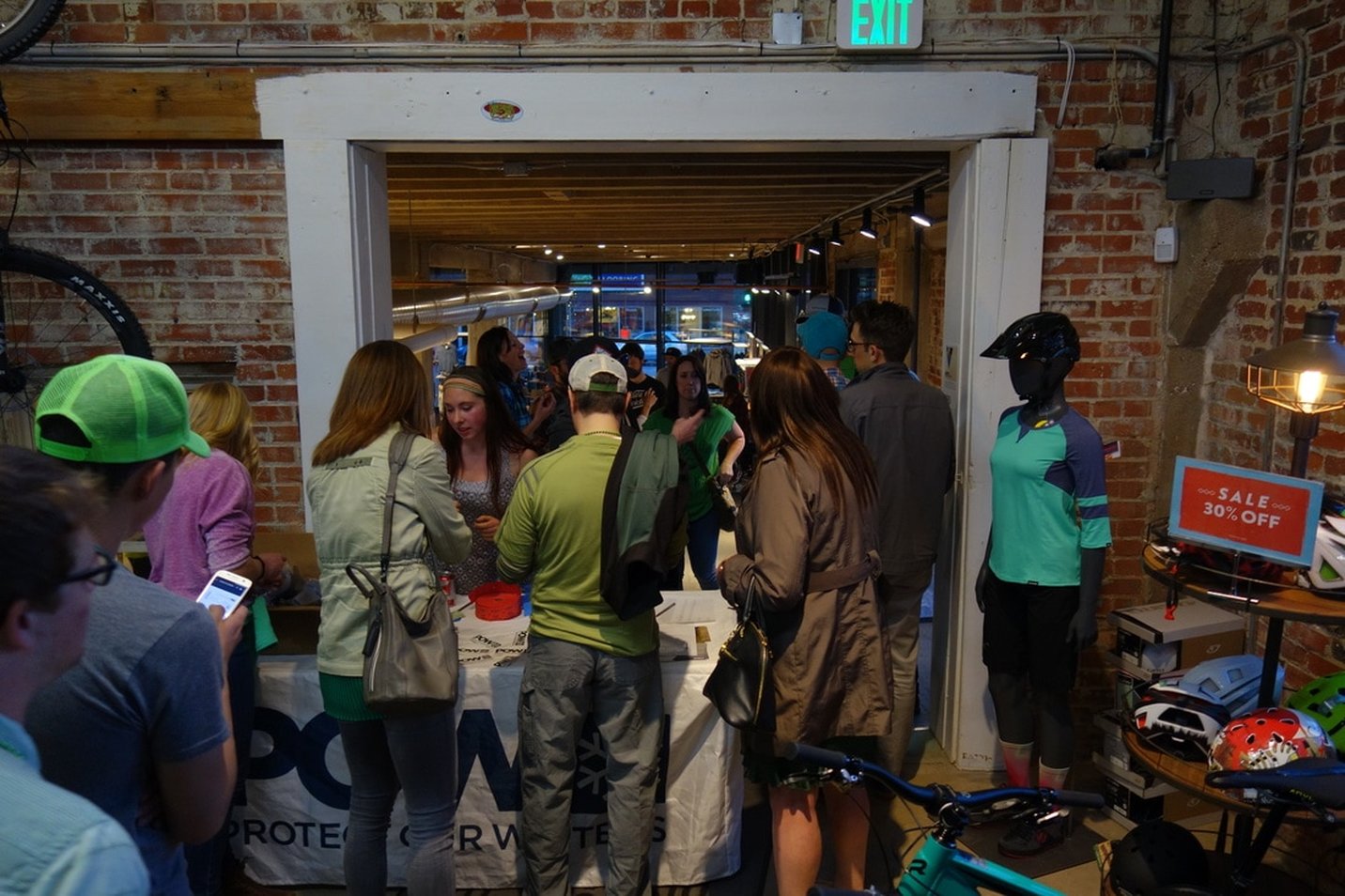

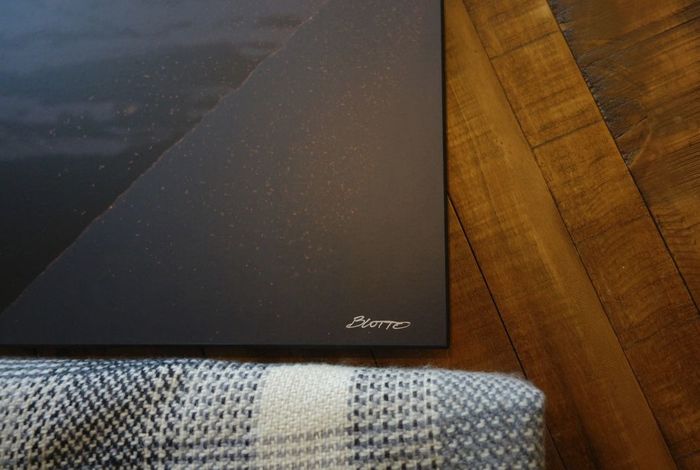


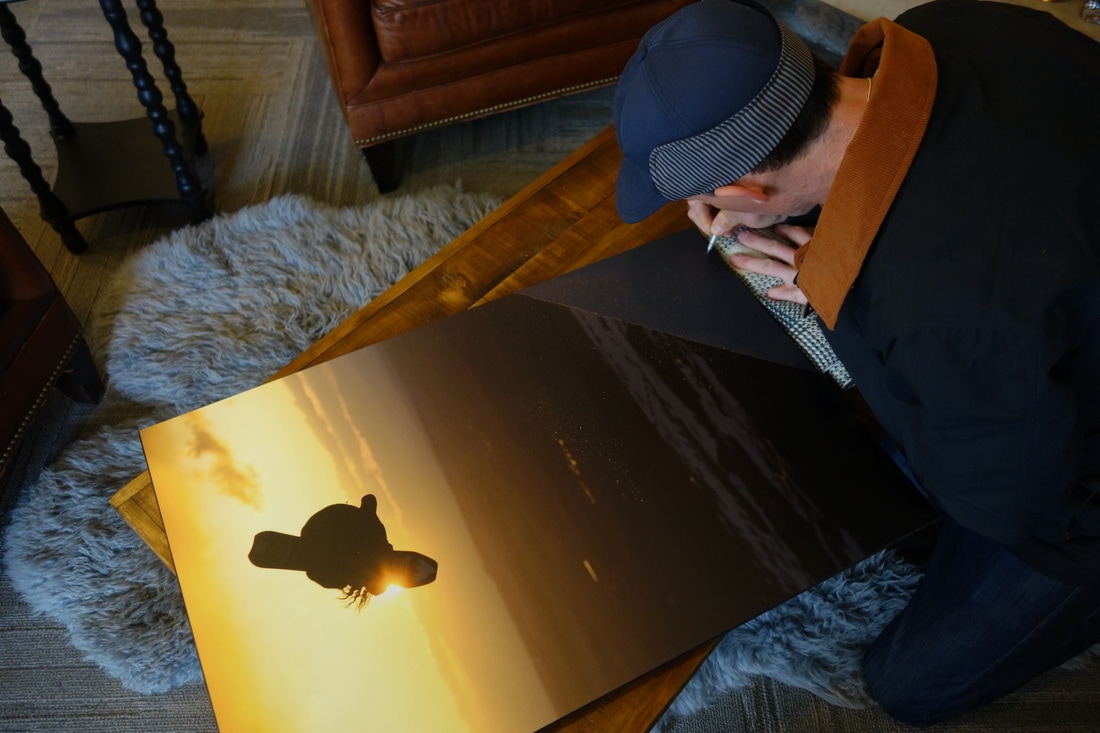



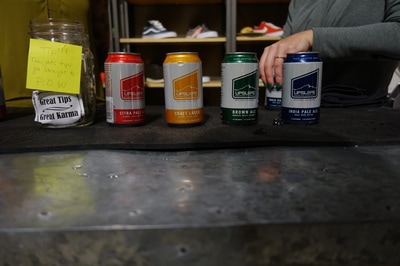
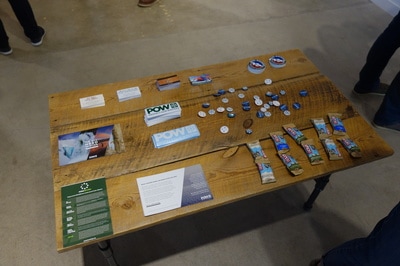







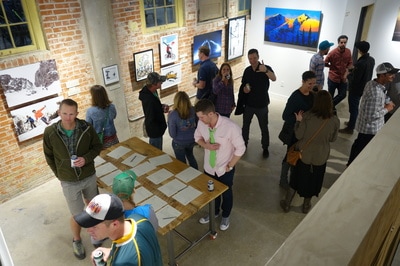


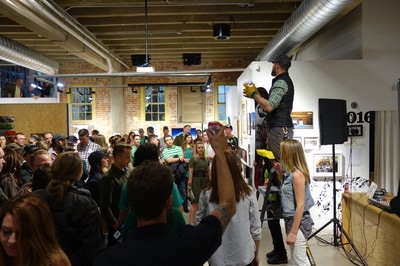




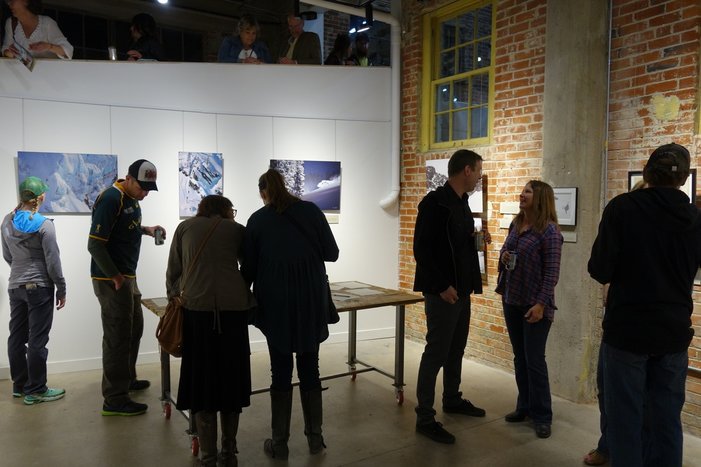

 RSS Feed
RSS Feed
